Though not as bleak and brutal as you might expect or hope for, “The Park” beautifully celebrates humanity in the face of hopelessness.
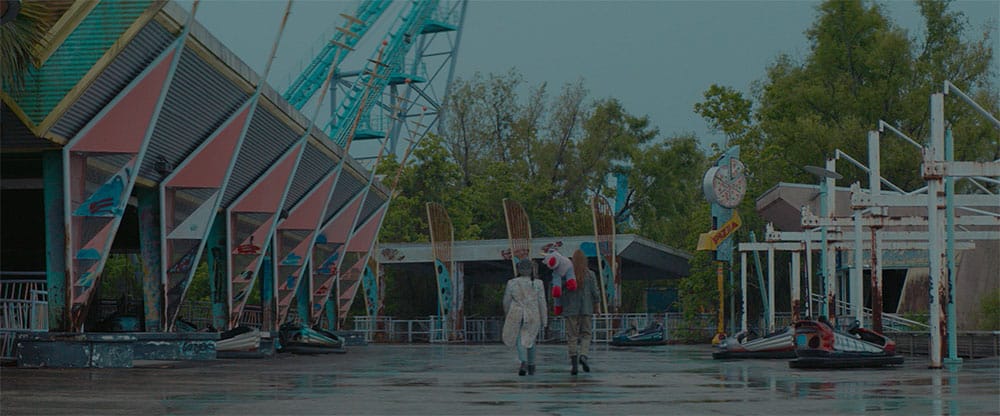
Thematically, The Park packs a lot into its brief hour and fifteen-minute runtime, often feeling like several films in one. That’s not a criticism, necessarily. While it is tonally a bit all over the map, I appreciate how ambitious of a film it is and how much of a wild ride it takes viewers on.
It begins with a compelling and effectively chilling concept.
In a not-so-distant dystopian future, an unexplained virus has wiped out the adult population, leaving only children to fend for themselves. The virus takes hold once puberty sets in. As soon as symptoms set in, death is virtually instantaneous.
We’re very quickly introduced to the backstory via a brief montage of news segments and flashbacks, and we’re given just enough to set the stage without keeping us from the main story. There’s a great line during this opening scene where one of the television commentators provides a foreboding warning:
“We (the adults) will be gone, and they (children) will have to suffer this plague alone.”
I love that we’re given a non-zombie apocalypse.
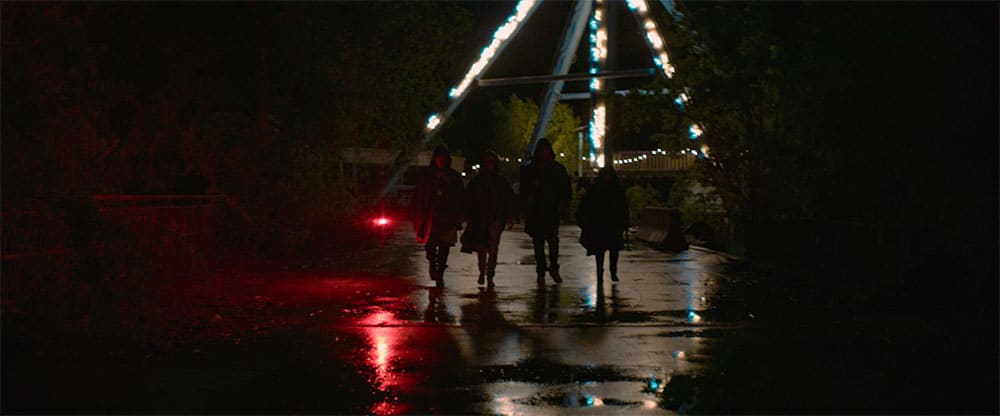
There’s no threat to outrun or escape, no well-fortified walls that can keep out this danger.
The end for these children is inevitable. It’s the kind of virus that spares no one. Each young survivor knows a ticking time bomb exists inside them, just waiting to go off.
As if the looming promise of untimely death isn’t harrowing enough, these pre-pubescent orphans must find a way to adapt to a hostile new world without anyone to provide for or protect them.
The desperate need to survive turns child against child, forcing innocents to become predators and cold-blooded killers.
There’s an unsettling and sinister tone to the film’s beginning when we meet a young boy playing in the woods. Two older kids in animal masks approach him, demanding he hand over his backpack. When the boy pulls out a knife to defend himself, one of the attackers, a girl, pulls out a machete and kills the boy.
Though it’s in no way gory or gratuitous (the actual kill happens offscreen), seeing violence committed by children against other children is shocking and disturbing.
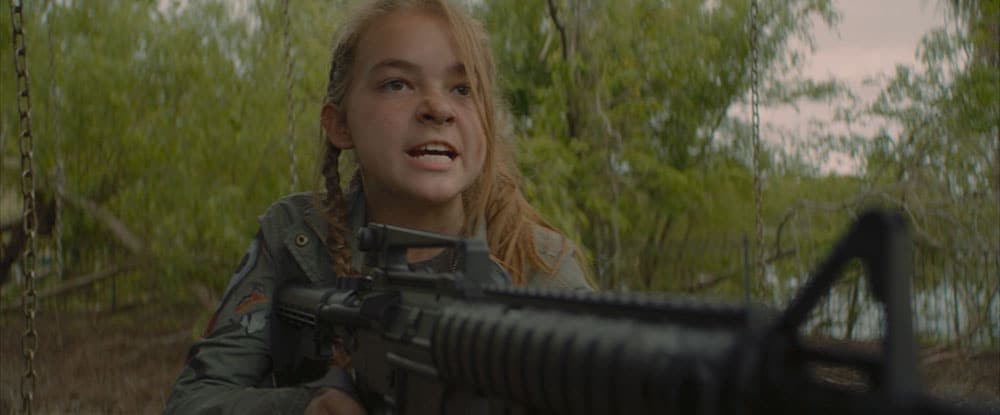
The cavalier nature of the kill amplifies the horror.
It’s not followed by an ounce of remorse or hesitation, making it clear that this is likely not the first murder these pre-teens have committed.
After killing their victim, they search his backpack for supplies. Sadly, there’s nothing of use, just some toy cars, further emphasizing the tender age of these kids and juxtaposing the grown-up violence with the childlike wonder and innocence.
This powerful dichotomy is explored in much greater detail when the two kids, Ines (Chloe Guidry) and Bui (Nhedrick Jabier), stumble upon an abandoned theme park.
They can see someone lives there, and whoever it is has a plentiful supply of water, something Ines and Bui desperately need.
While Bui stays behind on watch, Ines fakes a leg injury and enters the park. There, she encounters another girl, Kuan (Carmina Garay), who pulls a gun on her but then offers to give her some water after determining she’s not an immediate threat.
Pretending to be friendly and make small talk, Ines reveals she’s going to the city to look for a kid genius who supposedly made a vaccine.
Kuan immediately lets down her defenses and confesses how excited she is to meet another kid.
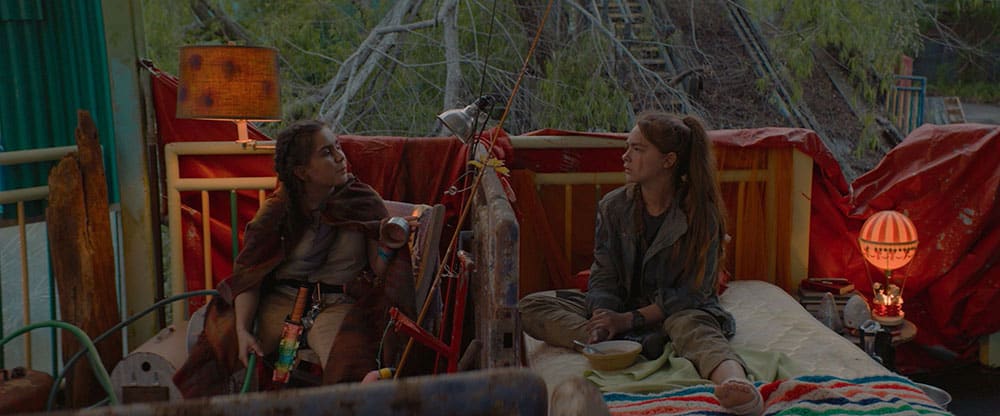
It’s clear Kuan is not a killer but rather a gentle soul trying to make the most of a bad situation.
Disarmed by the unexpected kindness, Ines quickly softens, and the two slowly become friends.
Kuan reveals she, too, is working on a cure… but not for the virus. Instead, she wants to “cure” the fear and loss of hope and innocence that comes with getting older.
She plans to get the park working again and create a Neverland where kids like her can embrace their childhood and enjoy the time they have left.
This emphasis on the girls’ childlike sense of play and growing friendship is intercut with darker scenes, including flashbacks to what Ines and Bui were like before the apocalypse and how they became jaded killers.
We also get glimpses of what the kids call “Blue Meanies” — an unknown threat that seems to be hunting the surviving kids.
Later, we get a couple of powerful reveals and an intense confrontation when the narrative shifts, and we enter a decidedly different final act full of surprises.
Much of the film, however, is devoted to the developing bond between Ines and Kuan, which is tender and endearing.
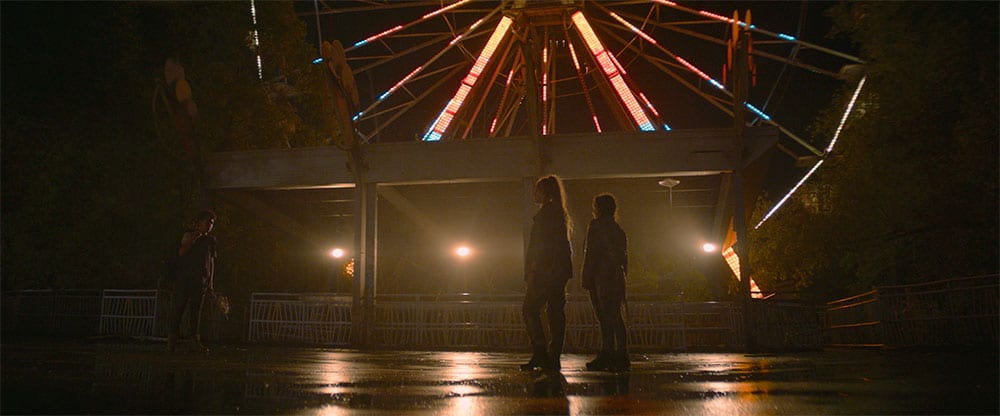
That’s important to note for anyone expecting a full-on Lord of the Flies-esque apocalyptic thriller heralded by the film’s marketing.
Despite the bleak and nihilistic setting, at its core, THE PARK is more of a drama about the power of friendship and the enduring resilience of hope in the face of fatalistic doom.
Keep that in mind, as you’ll likely see several reviews that focus more on what this film isn’t than what it is — with criticism heaped more on its misleading marketing than its actual substance and execution.
That’s not to say it’s a perfect film.
The tonal shifts, underdeveloped plot points, and uneven child acting sometimes hold it back from true greatness. Further genre fans may bemoan the lack of overt horror.
However, the lack of onscreen bloodshed is likely warranted here, given that children are the victims of the violence. In this case, imagining horror is preferable to seeing young people slaughtered.
Still, it’s far more of a story about young friendship than apocalyptic terror.
The Park shines in exploring a couple of the film’s most resonant themes.
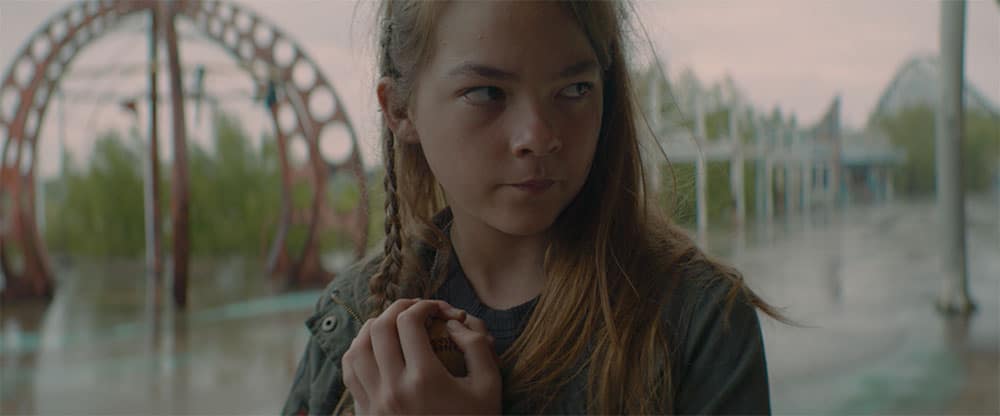
There are, of course, your expected themes about the fleeting nature of life, made more dramatic by the blossoming age at which death arrives.
More importantly, there’s a clear allegory for the destruction of the planet at the hands of adults who willfully leave a damaged and dying planet to future generations, dooming children to inherit a catastrophic crisis and forcing them to clean up a mess they didn’t create.
Understandably, young people today often express frustration and resentment that so little care is being given to the future sustainability of the planet as we kick a growing problem down the road and wait for the younger generation to try to save the world — assuming they even can; assuming it’s not already far too late.
First-time director and writer Shal Ngo effectively taps into this pervasive fear and uncertainty for the future by giving us a man-made disaster — the devastating side effect of a biological weapon — that wipes out adults and leaves children with a doomed destiny.
Because puberty marks the point of extermination in the film, The Park also serves as a powerful examination surrounding the anxiety of growing up and how frightening that amount of uncertainty and change can be for a young person.
In the vein of incredible films like Ginger Snaps and Raw, The Park presents a captivating coming-of-age story imbued with all the body horror, stress, chaos, and confusion that comes with adolescent development — especially for young girls.
While Bui represents the push to grow up, toughen up, and face the world’s harsh realities, Kuan represents the futile yearning to remain in a state of innocence, wonder, and carefree gratification.
In this way, Ines finds herself stuck in the middle and pulled between two worlds — at the exact pubescent dividing line between childhood and adulthood.
The Park is a confident directorial debut from Ngo, who exhibits some genuine stylistic flair and a masterful eye for visuals.
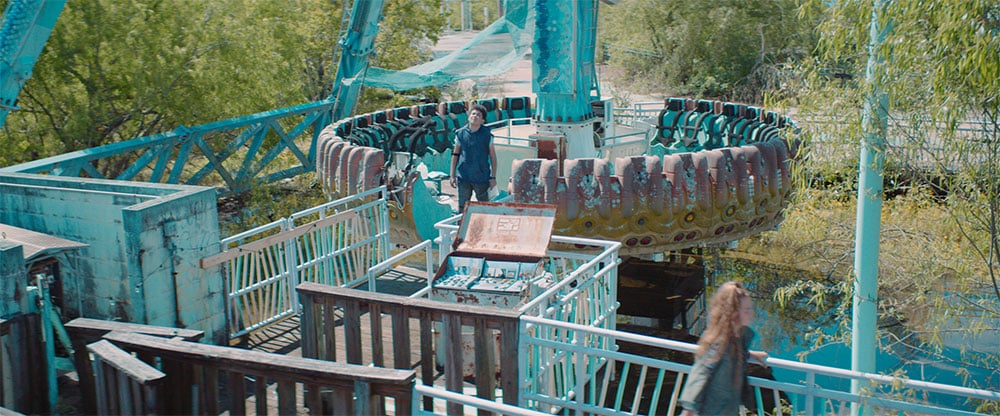
The primary setting, the abandoned amusement park, is a stroke of genius.
It serves the thematic core exceptionally well and creates some spellbinding scenery that greatly enhances the viewing experience — most notably during the film’s quieter moments.
The cast is solid, especially given their young ages.
Ngo has assembled some stellar talent, with Guidry being a particular highlight. She’s remarkable and does a fine job carrying the bulk of the film. Her chemistry with Garay helps elevate the film and give it the gravitas and emotional impact needed.
Unfortunately, the ending isn’t quite as strong as the beginning. And your enjoyment of everything in between will depend on your expectations and your appetite for character drama over genuine tension and scares.
If, however, you are a fan of films like Cargo and Maggie that emphasize the human element of apocalyptic devastation, there is a great deal to appreciate about The Park.
It’s clear Ngo placed a high value on an overarching message of hope and forgiveness.
There is plenty of tragedy, loss, and heartbreak, but this vision is not cynical.
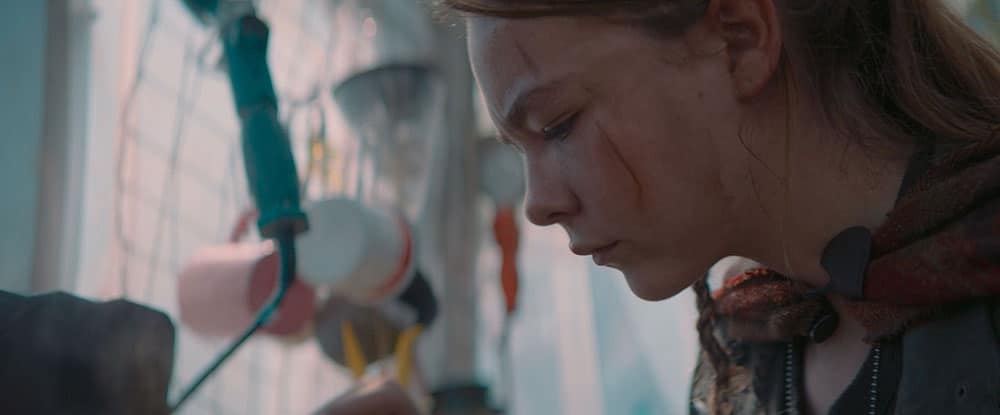
The finale works hard to bring home ideas of love and compassion. Some of it is a bit heavy-handed and wraps things up a bit too neatly with a beautiful bow.
Undoubtedly, it may dampen the enthusiasm of those who tuned in for the promise of lawless warfare and end-of-the-world dread.
With that said, it’s investing, unique, sincere, and beautiful to look at it. There’s some impressive craftsmanship at work here, and the ideas are compelling.
It’s uneven, but The Park definitely does enough right to more than warrant the brief amount of time and attention it asks of you.


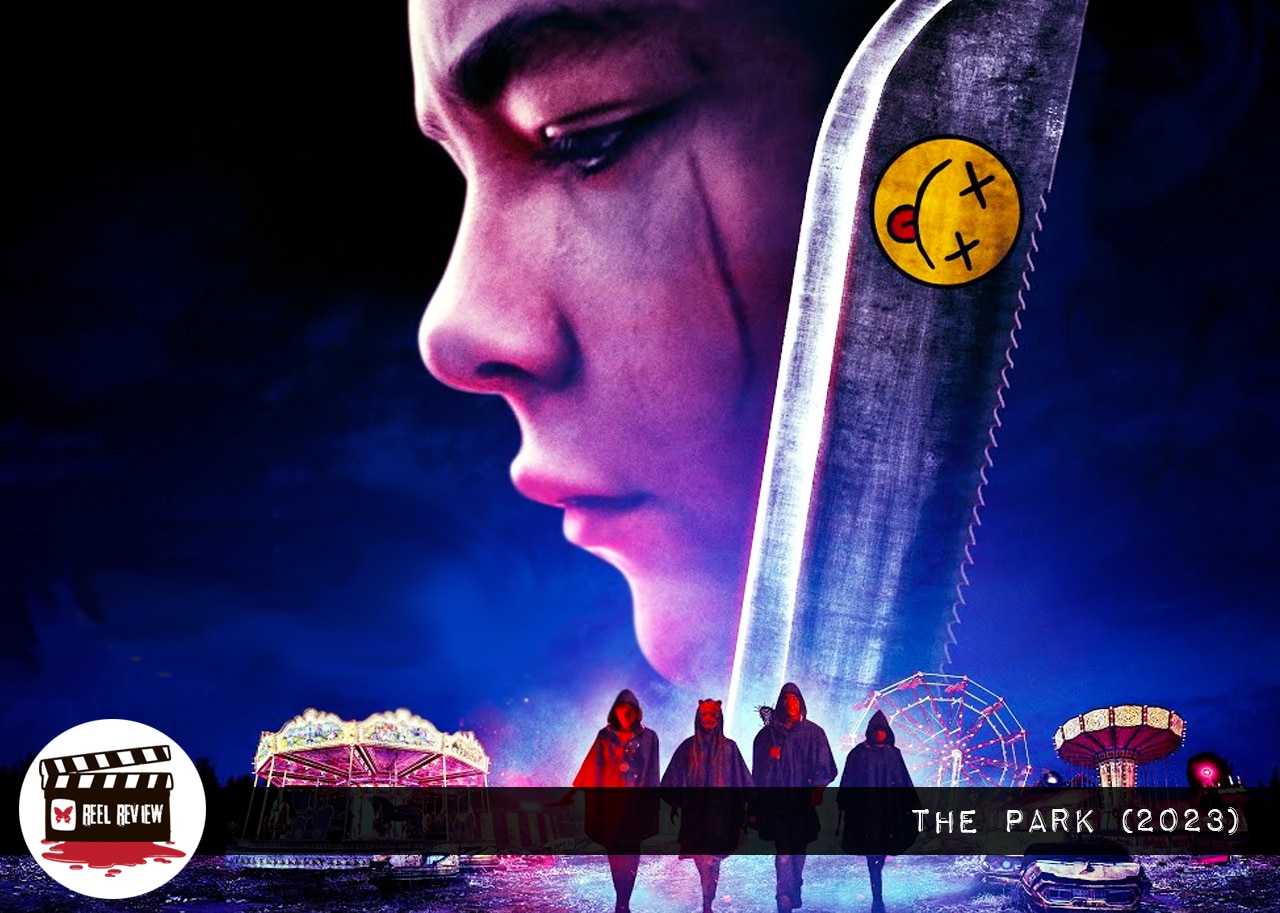
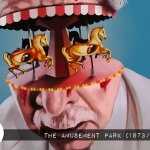









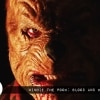
Follow Us!